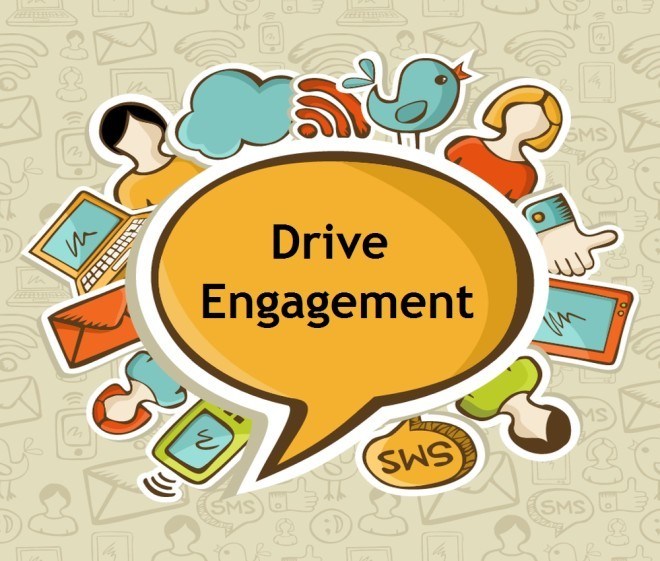How Blended Learning Resources Can Help You Drive Engagement
The digital age is bringing its pros as well as its cons. Although, most children seem to be glued to their screens and just sit there for hours – glued to their screens, there are many positive ways these digital gizmos and gadgets can be used. How about -- utilizing them for educational purposes?
Now, I know you might be thinking, “He’s not a gifted child or a celebrity who needs to study online.” Who says they have to be gifted or too busy to utilize the internet for their education? In fact, many schools are already using plenty of digital resources to effectively (and more efficiently) teach children including projectors, PowerPoint presentations, Apple products, etc. With the changing age and an averages child’s frame of mind, educational trends must change as well.
So, how can you blend and mix digital content in a normal classroom environment? Well, there are plenty of ways that can be done. The idea is to blend several digital resources within a classroom to drive engagement and enhance learning using what a “21st century kid loves the most”.
- Short Videos.
Why not show children a short video on the project highlighting topics to be covered in class or detailing a certain concept? There are plenty of videos available online that can be blended in with practically any subject. Case studies can be explained better using short clips of a YouTube video. Just make sure the video isn’t too long, because they could get bored and lose track of the video’s content after a while. - Virtual Labs and Games.
A digital addition doesn't just have to mean video and projectors. Let’s face it; a virtual lab with interactive games will engage all of their senses a lot more than a digital video. There are tons of online websites that offer game-based learning for free! Check out Spongelab which is an interactive digital lab with impressive science content. It has some award-winning games and simulations that will get students hooked to their latest science class lessons (i.e. the human body). There are also plenty of math games available online allowing students to learn more about different exercises and concepts. - Podcasts of Lectures.
Teachers can also upload self-made video podcasts of their lectures. This could be extra information that couldn’t be included in the given class timing. Just make sure you verify with your institution first before you finalize your content plan. Some schools have strict policies with respect to online content. - Virtual Teamwork.
Groups and teamwork can be enhanced using online tools that enable students to work collaboratively. Numerous websites offer students the chance to surf together, work as a team, and exchange information all under supervision.
Been for Education is a great website that allows for young students to work together under a safe environment. This is tailored to K-12 educators’ needs.
- Surf Together to present a live project or lesson.
- Educators can lead students and other teachers in a session.
- Students can lead their pals, pause and chat when required.
Teachers can use several other tools to help them track student’s progress, take attendances, quizzes, give grades and do much more. You just have to find the right resources online that are best suited to you and your classes’ needs. This can be difficult at times since the internet is literally exploding with options that will enable you to blend your class content using the digital devices. With WiFi at every spot and more devices, schools will be able to do more than just teach the kids in the typical, orthodox ways that were common and customary ten years ago.

